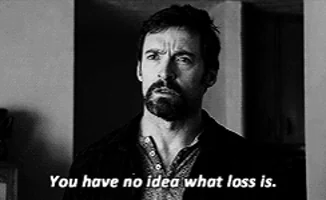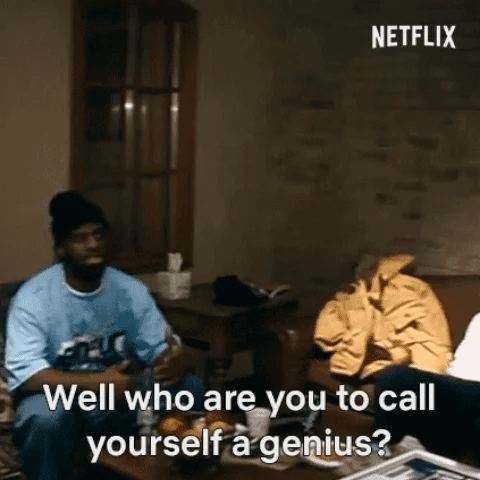7 Psychological Techniques to Help You Write Attention-Grabbing Hooks 🧠✍️
Because great content dies without a great opening!
We're living in what economists call the "attention economy," where human attention is the scarcest—and therefore most valuable—commodity.
Consider this:
Social media users scroll through 300 feet of content daily.
Business professionals spend just 2.7 seconds deciding if an email is worth their time.
Website visitors take only 0.05 seconds to form an opinion about a website.
Our brains make these split-second decisions for survival. It's hardwired into our DNA.
Think about it: for our ancestors, a rustle in the grass could mean wind—or a predator. The ability to instantly filter signals from noise meant the difference between life and death. This ancient instinct still drives how we process information today.
Every piece of content gets run through three rapid filters:
Relevance: "Does this matter to me right now?"
Value: "What's in it for me?"
Time Investment: "Is this worth my attention?"
Miss any of these filters, and you've lost your reader forever. But hit all three? You've got their undivided attention.
The Power of Hooks
This is the power of hooks in modern communication. Whether it's the opening line of your blog, the first few sentences of your LinkedIn post, or those initial seconds of your TikTok video—hooks determine if your message lives or dies.
A hook isn't just a catchy opening line—it's a psychological key that unlocks these ancient filtering systems. In those crucial first seconds, your hook must convince the reader’s brain that your message is worth its precious attention.
A well-crafted hook is the difference between content that gets ignored and content that gets devoured.
7 Psychological Techniques to Help You Write Hooks That Command Attention
You've seen those opening lines that grab you by the collar and won't let go. The ones that make you forget your coffee's getting cold.
Here are seven psychological techniques to help you write those:
1. Create an Information Gap
Remember the last time you couldn't stop watching a Netflix series? That cliffhanger feeling is called the curiosity gap, and it's like an itch in your brain.
When Orwell opens '1984' with 'It was a bright cold day in April, and the clocks were striking thirteen,' your brain instantly needs to know what kind of world has thirteen-hour clocks.
The feeling of needing to know creates a psychological itch we have to scratch.
Example: "I spent 30 days tracking every second of my time. What I discovered made me quit my job." (Notice how your brain immediately wants to know what they found out?)
2. Trigger Loss Aversion
Nobel Prize winner Daniel Kahneman proved we feel the pain of loss more intensely than the pleasure of gain. It's why "Don't miss out" hits harder than "Join now." Our ancient brain sees missing information as a survival threat.
When an article opens with 'Most writers make this common mistake in their first paragraph – and it costs them 80% of their readers,' you can't help but read on. Your brain hates the idea that you might be losing readers without knowing it.
Example: "While everyone's focusing on crypto, quiet millionaires are stockpiling something else entirely." (Your brain immediately fears missing crucial information.)
3. Break Expected Patterns
Your brain processes millions of inputs daily, mostly on autopilot. But when something breaks the pattern, your attention system instantly activates.
It's why headlines like 'I built a million-dollar business by working one hour a day' stop your scroll. They break the ingrained pattern of 'success requires hard work.’
Example: "I used to believe hard work was the key to success. Then I met a lazy millionaire." (The contradiction forces your brain to recalibrate.)
4. Mirror Their Experience
We're all searching for ourselves in everything we read.
When you read 'You've checked your phone 47 times today, and it's not even noon,' you feel exposed. Why? Because the writer just named a private behavior you thought only you had. This recognition of shared experience creates immediate connection.
Example: "You know that voice in your head that says you're not good enough? Here's where it really comes from." (It works because it names a universal experience we thought was private.)
5. Demonstrate Social Proof
We're tribal creatures. When a crowd looks up at the sky, you look up too. It's instinctive.
Researchers found that hotel guests reuse towels 33% more often when told "75% of guests in this room reused their towels" versus generic environmental messages. Specific social proof hijacks our herd mentality.
Example: 'Tim Ferriss, James Clear, and Seth Godin all swear by this unusual opening technique in their newsletters.' (It works because we trust and want to follow what successful writers actually do.)
6. Challenge Common Beliefs
Your brain builds mental models of how the world works. When something challenges what you think you know, it creates tension.
Like a buzzing mosquito, your brain won't rest until it resolves this tension.
Example: "Everything you know about creativity is wrong. Beethoven's process proves it." (Forces you to question established beliefs, creating that must-resolve tension.)
7. Highlight Contrasts
Our brains are wired to notice dramatic differences. Think about how a sudden plot twist grabs your attention, or how a dramatic before-and-after keeps you scrolling. In hooks, sharp contrasts create instant intrigue.
Example: "I was dead broke on Monday. By Friday, I had $50,000 in my account. The difference? A 3-minute conversation with a stranger at Starbucks." (The contrast between extremes - broke vs. $50k - makes your brain need to know more.)
___
The difference between being scrolled past and being read deeply often comes down to those first few sentences. Write them with purpose.







Obsessed with this. You’d probably love The Life and Culture Edit—my digital journal on soft power, elevated living, and modern money. Quiet moves, curated vibes. Tap in at jordyn.substack.com
helpful 💐